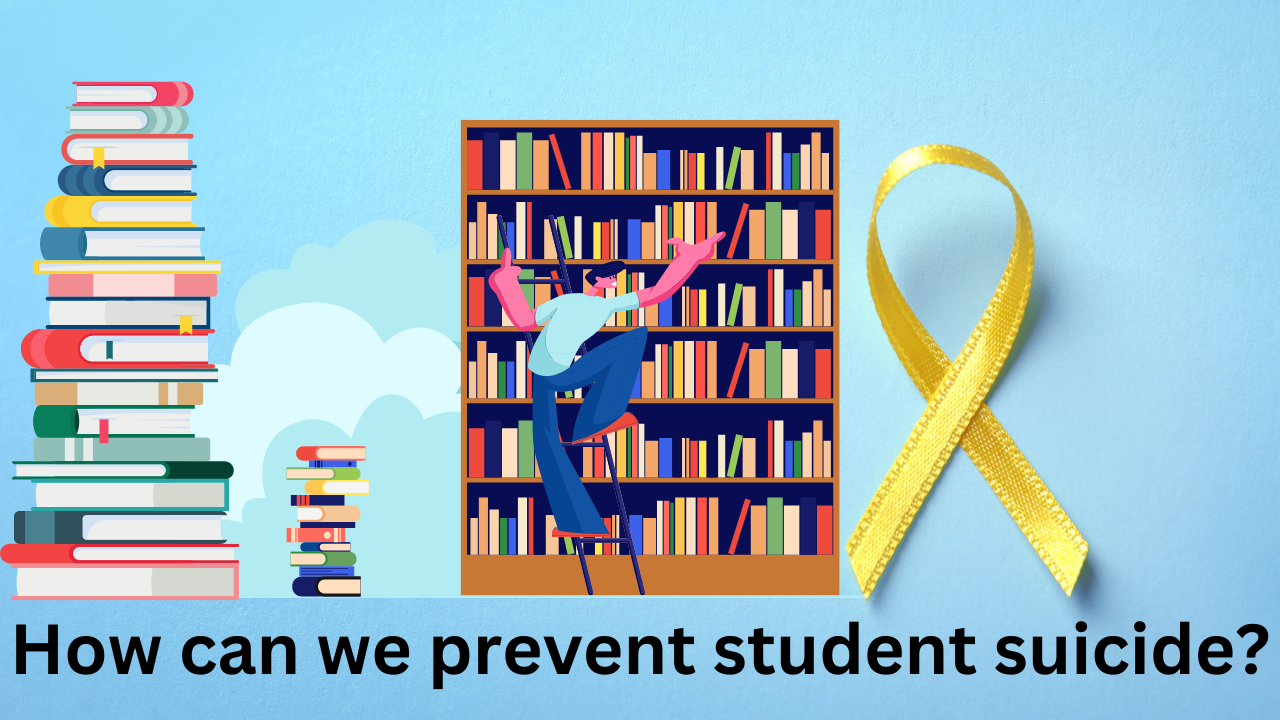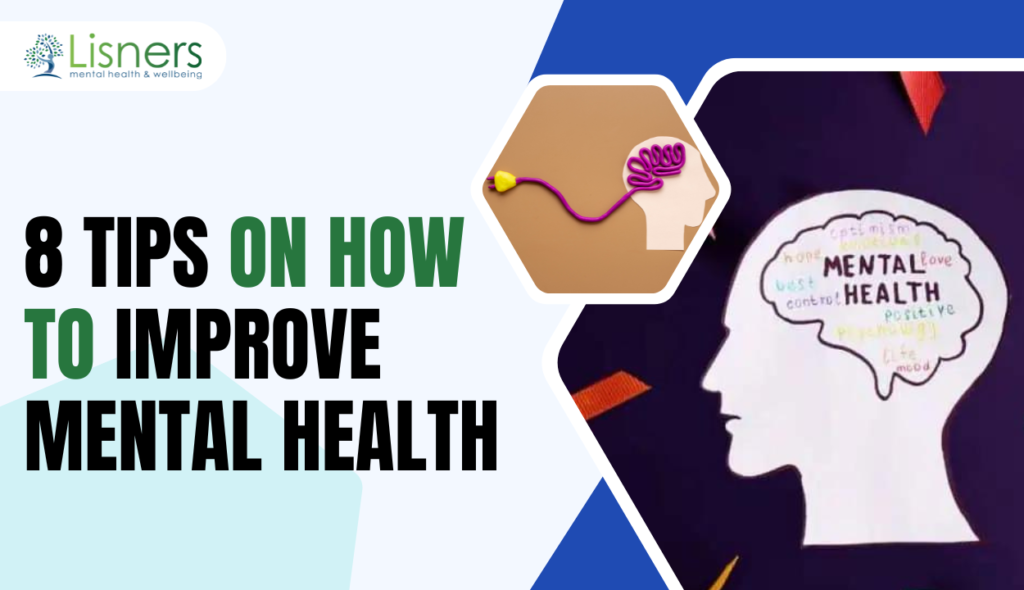Student suicide refers to the act of a student taking their own life. This can be a result of various factors such as mental health issues, academic pressure, social isolation, and other personal challenges.
Today morning, one of my mentors sent a news on whatsApp and it was about student suicide. Every year, students across the globe put their hearts and souls into their academic pursuits, determined to achieve their goals and make a positive impact on the world and their family. These young minds are the future of our nation, and their success is essential for the growth and development of our societies.However, amidst the pressure to succeed, many students find themselves grappling with mental health issues that can lead to devastating consequences. Suicide among students has become a growing concern in recent years. According to the National Crime Record Bureau (NCRB,India), in 2020, a student took their own life every 42 minutes; that is, every day, more than 34 students died by suicide.
The tragedy of a student taking their own life is one that affects not only the individual and their loved ones, but the entire community as well.
The news I received was about 9 students who died by suicide within 48 hours after their exam results were declared in Andhra Pradesh, India.
From the pressure to excel academically to the challenges of managing social relationships, students are facing increasing levels of stress that can have extreme consequences. Students are suffering in numerous ways. From feelings of isolation, anxiety, and uncertainty to becoming completely hopeless in life. As we grapple with the impact of academic stress on their mental health, it is more important than ever to understand the root causes of this phenomenon and to explore practical ways to address it. In this blog, we will examine the issue of student stress in detail, offering insights and tips for parents, students, and educators alike to help reduce stress levels and create a healthier, more supportive learning environment.
For every student who is reading this, it is important to remember that stress is a normal part of life and the way we learn to drive on road we can also learn to drive through our toughest phases of life. Unfortunately, as a society we did not ensure that this skill should have been an integral part of our education system. We never thought of training our children to deal with academic failures, rejections and other psycho social challenges of life.
So, what all of us can do to tackle the student suicide?
It is important for everyone to understand that when a student dies by suicide our entire society and its support system fails. Our values and norms fail to integrate someone into mainstream social fabric who later chose to quit.
However, there is still hope and yes, we can save lives too. This write-up focuses on 4 stakeholders and the contributions they can make to tackle this silent epidemic.
If you are a Parent and guardian.
Firstly, parents and guardians need to change their mindset of evaluating the worth of their child by comparison with other children. Every child is unique and has its own weakness and strengths. As you accept your own failures and shortcomings, accept their imperfections too. During the exam season keep an eye on their child’s behavior. Some signs that may indicate high levels of stress include changes in sleep patterns, mood swings, decreased interest in activities they once enjoyed, and changes in appetite. If you notice any of these changes in your child, it is important to talk to them and seek help if necessary.
Do not push your toxic positivity here by saying statements like ‘You can do this’, ‘Your parents and friends will be so proud of you’ during the exam times. Encourage your child to talk to someone they trust, whether it be a friend, teacher, or counselor.
When it comes to choosing a career path, never push your unfulfilled childhood dreams on your child. Always make an informed choice based on standardized aptitude testing of your child. To read more about career and mentorship click here.
If you are a teacher or school administrator.
If you are a teacher or school administrator you must have the latest bank of coping skills to provide support and resources for students. This can include counseling services, mental health resources, and extra academic support. Teachers can also encourage students to take breaks and prioritize their mental health. Never create a hierarchy of status based on the marks that a student scores. Celebrate student success no matter how small it is. Carry an image where student feels comfortable to reach out to you for help. Many a times teachers enjoy being known for their strict and ruthless image but it does not help students in the long run.
Also note that students have different learning styles and needs. Offer flexibility in terms of deadlines, assignments, and assessments to accommodate different needs. Encourage students to work together and be supportive and collaborative in approach. Avoid pushing for extreme peer competition. Wherever possible, encourage group projects or peer mentoring to create a sense of community and support among students.
If you are a student.
If you are a student, stress is going to stay with you for quite some time. You cannot avoid it but yes you can learn techniques to handle it. You need to learn how to manage your stress in healthy ways. One effective way to manage stress is through exercise. Going for a walk, run, or bike ride can also work. You can also dedicate specific time of the day to pursue your hobbies like playing guitar, swimming or painting. Cuddling a pet can help clear your mind and release tension. Additionally, setting aside time for hobbies or activities that you enjoy can help reduce stress levels. If you pursue your hobbies even during the exam time for shorter period of time you won’t be at loss. It’s important to remember that taking breaks is just as important as studying. If you face hard times always share it with someone. Never ever suffer in silence.
If you are a friend of someone who needs help.
Finally, If you are a friend of someone who needs help there are 5 things you can do.
- First, be an active listener. Hear them out without disruption and do not offer judgements. Make them feel that you are there for them.
- Second, encourage them to seek professional help from a therapist or a counselor. There is a huge stigma around mental health which deters students to seek help. If you can encourage them to seek help, you are doing a great job.
- Third, Offer them your time. Ask them to go for a walk-in park together or opt in for anything else that your friend may enjoy.
- Fourth, If you find that the situation is worsening day by day, do not wait and involve an adult on whom you trust.
- Fifth, make a calendar and check on with your friend, twice or thrice as the time permits.
- Sixth, you can also refer to some mental healthcare apps in the market which have a proven credibility and can provide handy resources when needed.
In conclusion, the issue of student mental health and suicide is one that demands our attention and action. As a society, we must recognize that academic success is not worth sacrificing the well-being of our youth. It is our responsibility to create a safe and supportive environment for students to thrive, both academically and mentally.
To prevent student suicide, we must prioritize mental health resources and support systems, as well as break down the stigma surrounding mental illness. This includes de-stigmatizing seeking help, educating ourselves and others about the warning signs of suicide, and promoting self-care and healthy coping mechanisms.
In conclusion, the issue of student mental health and suicide is one that demands our attention and action. As a society, we must recognize that academic success is not worth sacrificing the well-being of our youth. It is our responsibility to create a safe and supportive environment for students to thrive, both academically and mentally.
To prevent student suicide, we must prioritize mental health resources and support systems, as well as break down the stigma surrounding mental illness. This includes de-stigmatizing seeking help, educating ourselves and others about the warning signs of suicide, and promoting self-care and healthy coping mechanisms.
The Author is CEO at Lisners and can be reached at ceo(at)lisners.com









2 Responses
Informative
Thank you Dr. Rohi. We try to provide best in class and peer reviewed content to add value to our readers. Looking forward to your continued support.